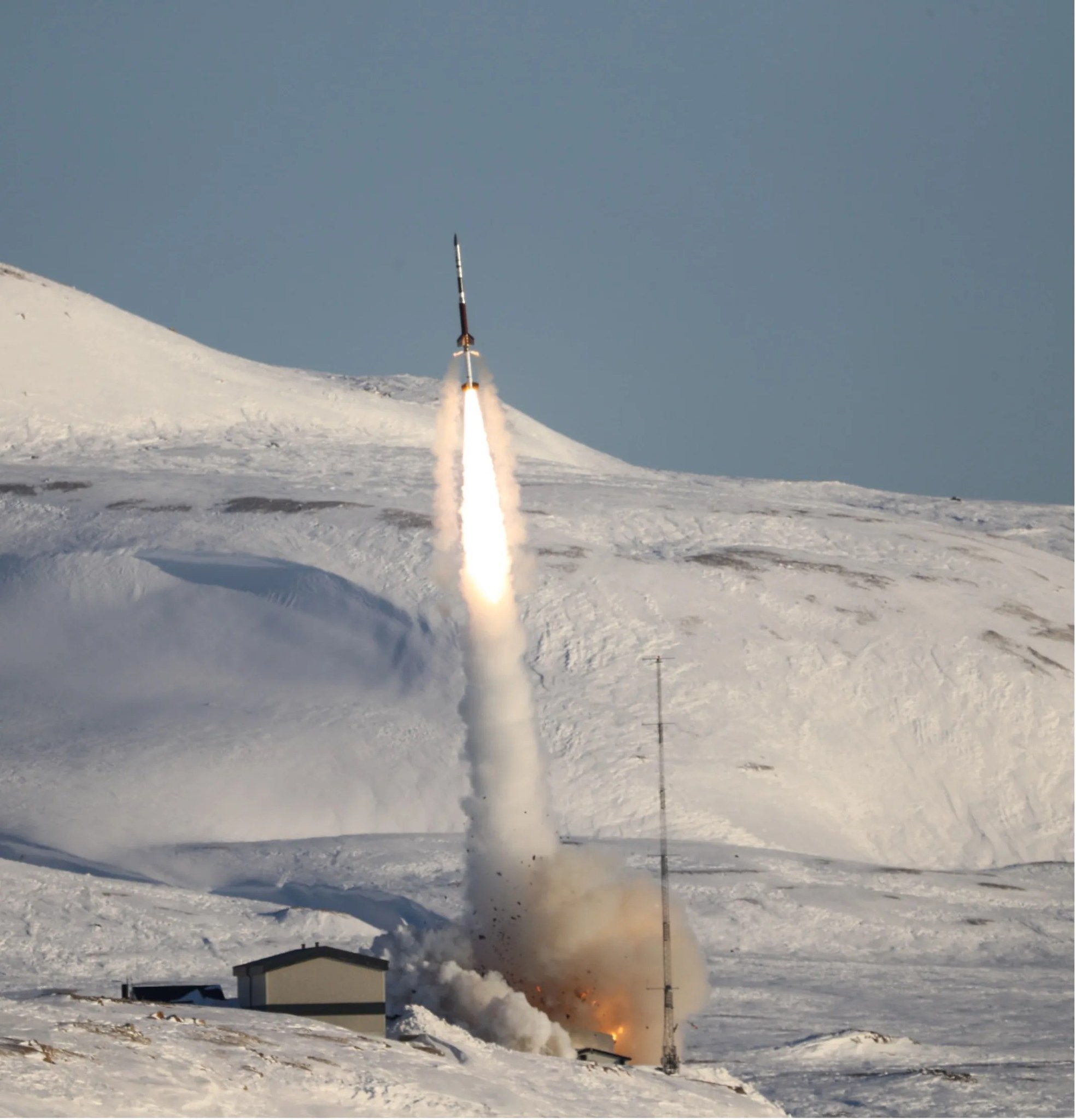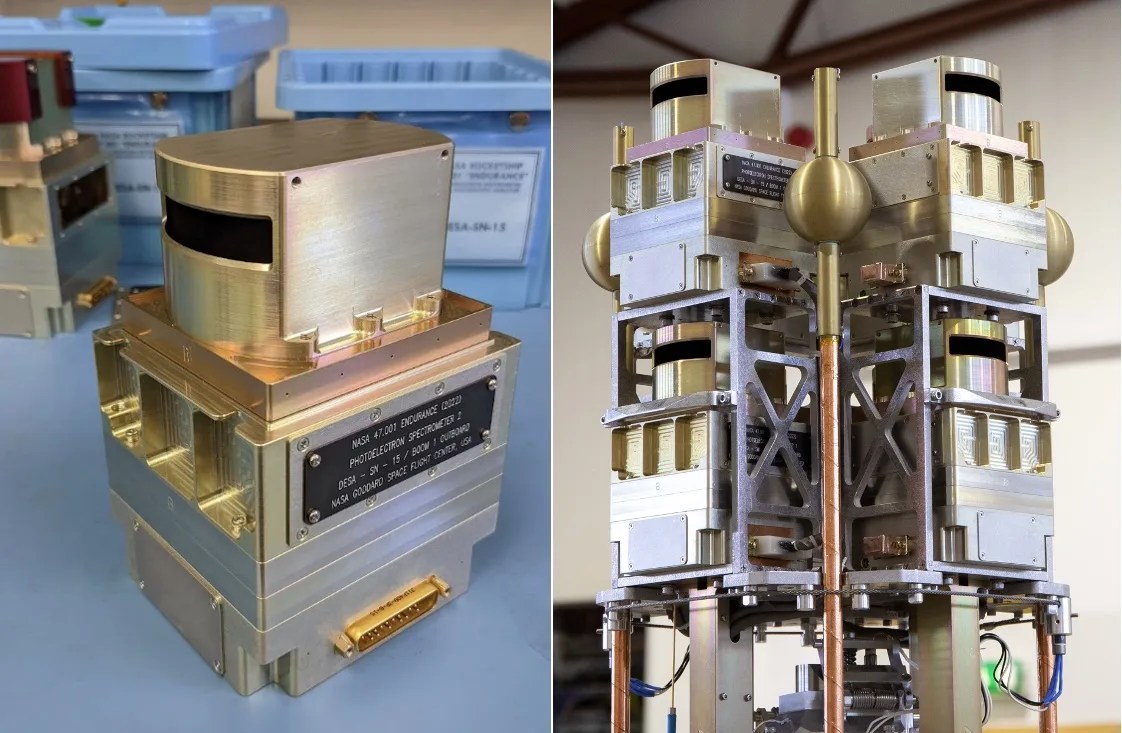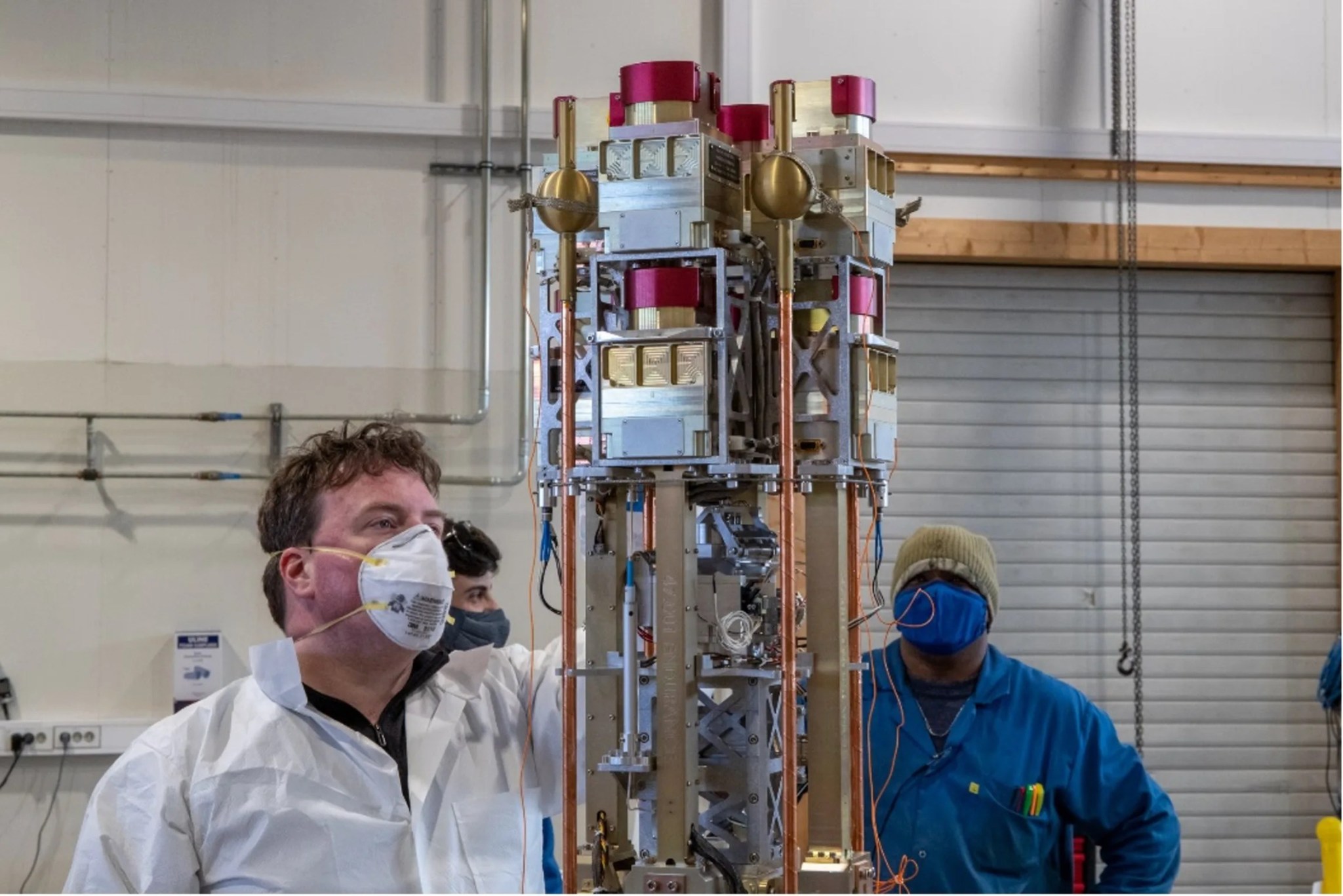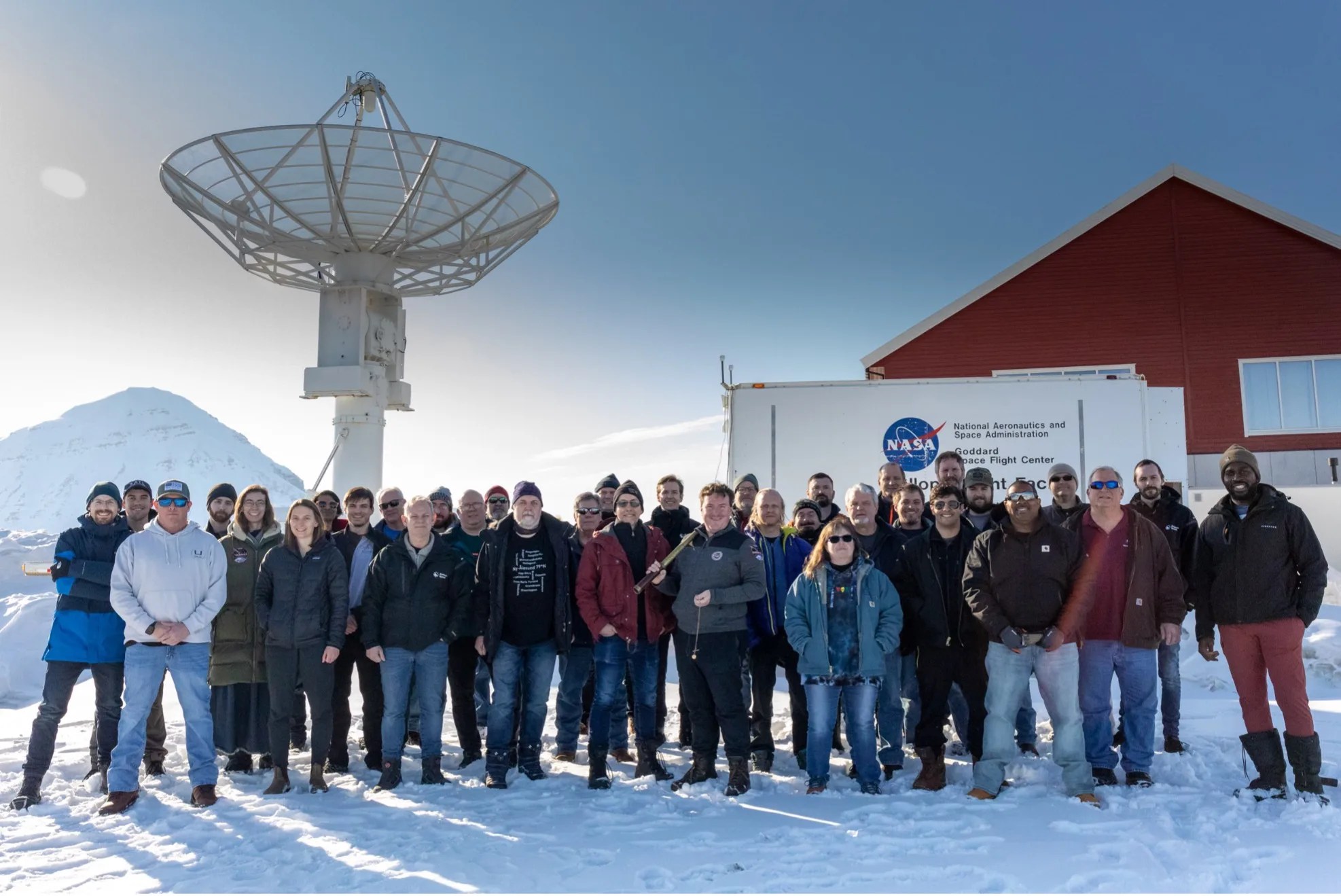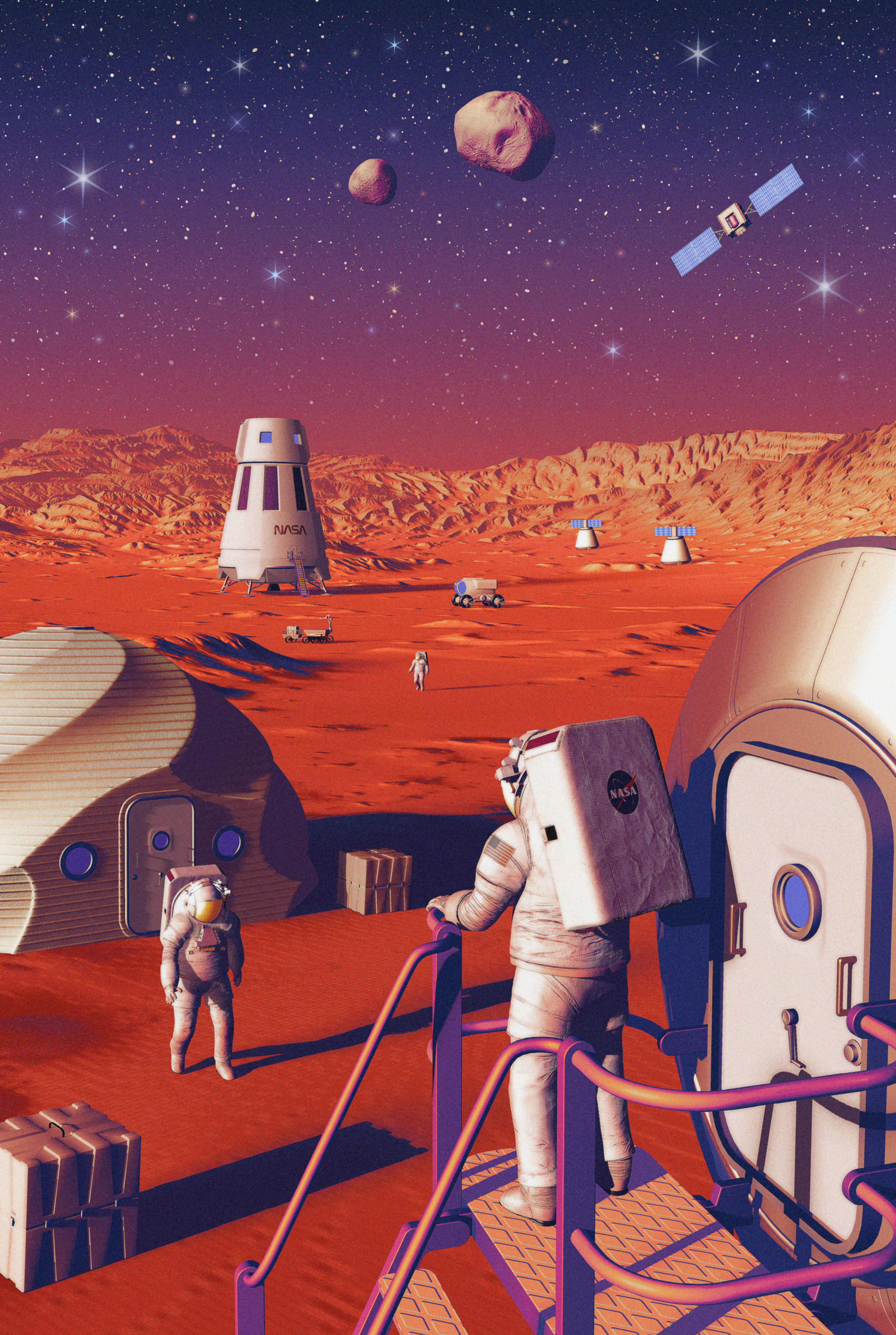PROJECT
NASA Sounding Rocket Endurance
SNAPSHOT
Endurance carried a new type of space plasma analyzer with extremely fine energy resolution to make the first measurements of Earth’s electrical potential. This technology could also enable new tools to measure plasmas in the laboratory and in industrial applications.
NASA has launched the Endurance rocket to attempt to make the first measurements of Earth’s global electric potential, whose lack of strength may be one reason Earth can support life. To achieve this milestone, NASA developed a new type of spectrometer that measures the energy of plasmas with extremely high resolution.
Every planet with an atmosphere also possesses an ionosphere that generates a weak electrical potential. This electrical field is a fundamental property of such planets and can pull heavy ions such as oxygen and nitrogen up away from the surface so they dissipate into space. Such a potential was first measured at Venus, where it was discovered to be strong enough to pull water and oxygen out of the Venusian atmosphere. Scientists believe that Earth’s electric potential is far weaker and cannot pull these heavy atoms away from Earth, a feature that may be a factor in Earth’s habitability. In fact, Earth’s potential is so weak that it had frustrated all past attempts to measure it.
“After the European Space Agency’s Venus Express mission successfully measured Venus’ electric potential, we had a blueprint of how we might go about gauging Earth’s,” says Dr. Glyn Collinson, Principal Investigator for the Endurance rocket mission. “However, I realized we were going to need an entirely new type of spaceborne instrument to do so.”
Beginning with a series of computer simulations in 2016, Collinson led the development of a concept for a new type of plasma analyzer called the Dual Electron Spectral Analyzer (DESA) that, in theory, would have the resolution to measure Earth’s very weak electric potential. Collinson’s team designed and built an early prototype set of optics that successfully demonstrated the DESA concept with support from NASA Goddard’s Internal Research and Development (IRAD) program.
Based on these results, Collinson proposed Endurance—a rocket mission that would use the new technology—to NASA SMD’s Heliophysics Technology and Instrument Development for Science (H-TIDeS) Program in 2018. NASA selected the Endurance proposal, and with support from H-TIDeS, the team began mission development.
While the Endurance mission was under development, the team received additional funding from NASA Goddard’s IRAD program to build and fly a full engineering DESA test unit on the Dyanmo-2 sounding rocket. The test flight successfully launched from NASA Wallops Flight Facility in July 2021, giving the team vital spaceflight experience before the Endurance mission.
Endurance launched on May 11, 2022, from Ny Ålesund, Svalbard and the new spectrometers onboard successfully made the first measurement of Earth’s potential.
The technology investments NASA has made since 2016 to measure the energy of plasmas with very high precision and accuracy have enabled Heliophysics research. But according to Dr. Collinson, “The new technology developed for Endurance also has broad applications here on Earth for the measurement of plasmas in the laboratory or in industry.” For example, this technology could be used to calibrate electron sources in the lab to a very high degree of accuracy. Since such sources are used to calibrate other instruments, knowing their energies very accurately is a great benefit. Consequently, this technology is not only under consideration for several future missions, it could also find broad application in other scenarios where a high-resolution beam monitor is required.
PROJECT LEADS
Dr. Glyn Collinson, Dr. Alex Glocer, Dr. Rob Pfaff, Dr. Robert Michell, NASA Goddard Space Flight Center (GSFC); Dr. Aroh Barjatya, Embry Riddle Aeronautical University, Jim Clemmons, University of New Hampshire; Frank Eparvier, Laboratory for Space and Atmospheric Physics; Suzie Imber, University of Leicester.
SPONSORING ORGANIZATIONS
NASA Goddard Space Flight Center Internal Research and Development (IRAD) program, NASA SMD’S Heliophysics Technology and Instrument Development for Science (H-TIDeS) program.























